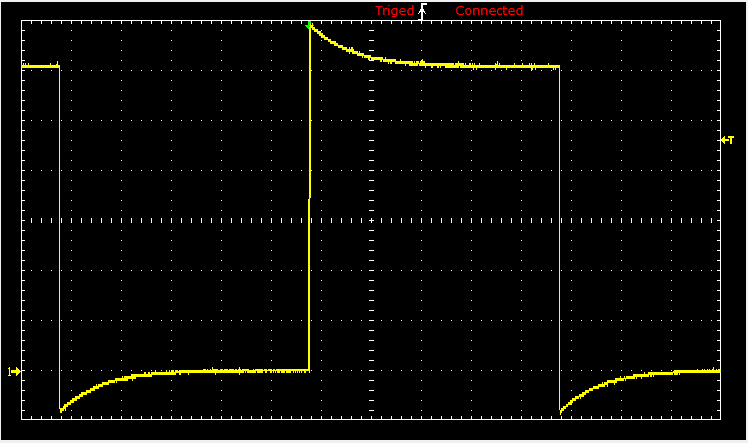Iterative Method
This section is devoted to the iterative method for computing inverse matrix and more generally for Moore--Penrose inverse.
Let A be a rectangular m × n matrix. To determine its Moore--Penrose n × n inverse \( {\bf A}^{\dagger} \) of A the following iterative procedure could be used:
\[
{\bf X}_{k+1} = \left( + \beta \right) {\bf X}_k - \beta\,{\bf X}_k {\bf A} \, {\bf X}_k , \qquad {\bf X}_0 = \alpha {\bf A}^{\ast} ,
\qquad \beta \in (0, 1 ] .
\]
Here α and β are (non necessarily equal) real numbers. The method is convergent for arbitrary
\( \beta \in (0, 1] \) such that
\[
\max_{1 \le i \le r} \,\left\vert 1 - \beta\,\lambda_i \left( {\bf A}^{\ast} {\bf A} \right) \right\vert <1 ,
\]
where \( r = \mbox{rank} \left( {\bf A}^{\ast} {\bf A} \right) = \mbox{rank} \left( {\bf A} \right) .\)
Here \( \lambda_i \left( {\bf M} \right) \) is i-th eigenvalue of square matrix M.
The iterative method has linear convergence for every β ≠ 1 and quadratic for β = 1. The method can be
unstable due to the accumulation of the roundoff errors.
Example: The span of the empty set \( \varnothing \) consists of a unique element 0.
Therefore, \( \varnothing \) is linearly independent and it is a basis for the trivial vector space
consisting of the unique element---zero. Its dimension is zero.
Example: In \( \mathbb{R}^n , \) the vectors
\( e_1 [1,0,0,\ldots , 0] , \quad e_2 =[0,1,0,\ldots , 0], \quad \ldots , e_n =[0,0,\ldots , 0,1] \)
form a basis for n-dimensional real space, and it is called the standard basis. Its dimension is n.
Example: Let us consider the set of all real \( m \times n \)
matrices, and let \( {\bf M}_{i,j} \) denote the matrix whose only nonzero entry is a 1 in
the i-th row and j-th column. Then the set \( {\bf M}_{i,j} \ : \ 1 \le i \le m , \ 1 \le j \le n \)
is a basis for the set of all such real matrices. Its dimension is mn.
Example: The set of monomials \( \left\{ 1, x, x^2 , \ldots , x^n \right\} \)
form a basis in the set of all polynomials of degree up to n. It has dimension n+1.
■
Example: The infinite set of monomials \( \left\{ 1, x, x^2 , \ldots , x^n , \ldots \right\} \)
form a basis in the set of all polynomials.
■
